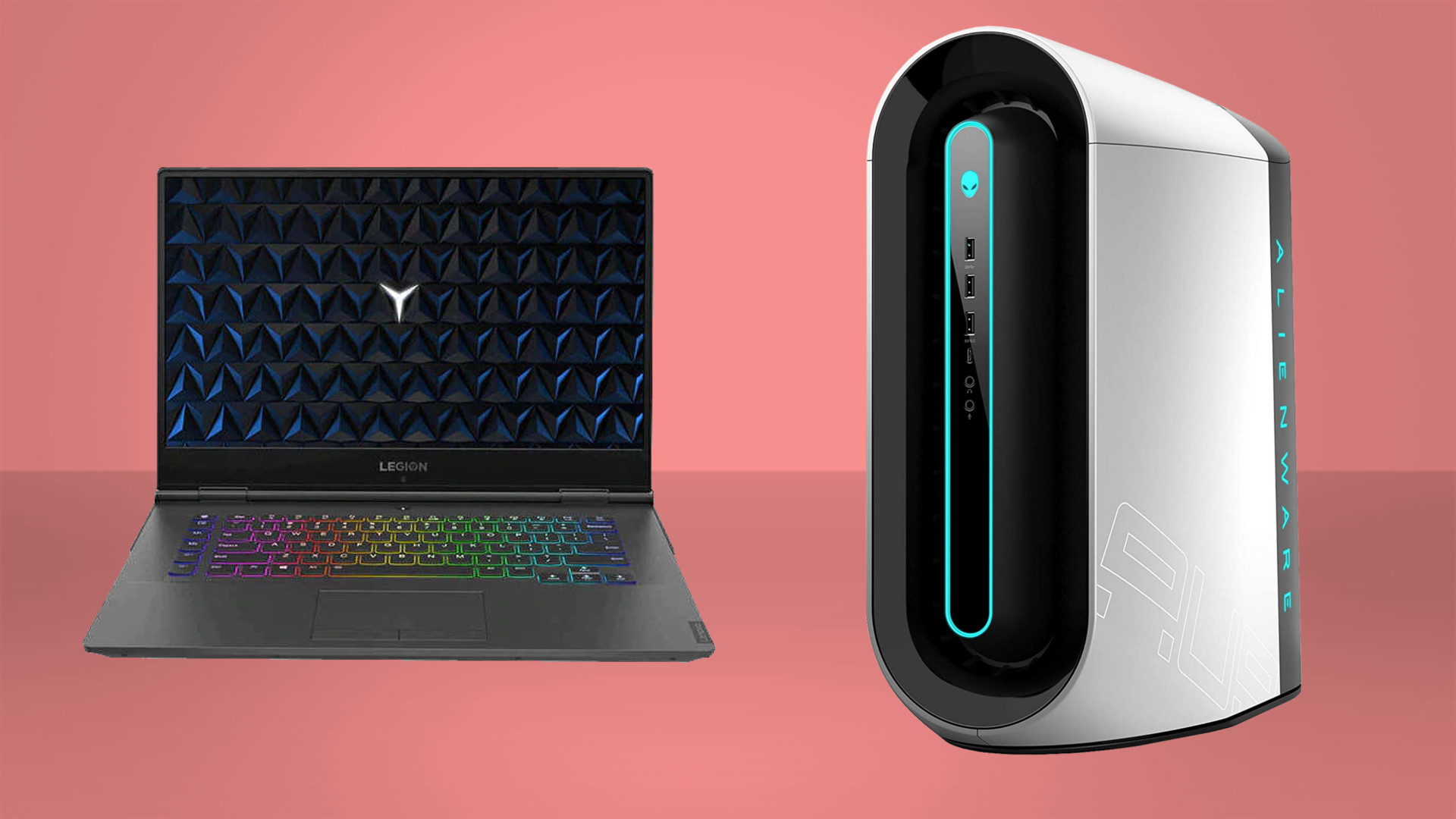Nvidia's made a better motion blur busting technology for competitive gaming monitors
Ultra Low Motion Blur 2 (ULMB 2) delivers "1000Hz of effective motion clarity"
Nvidia has released an upgraded version of its Ultra Low Motion Blur technology, called ULMB 2. This tech is designed to reduce display-based motion blur by strobing the backlight when a pixel has fully transitioned to its correct value, with the aim of creating less a less blurry picture with greater clarity.
Nvidia goes into the details on its blog. It says, "When a new frame needs to be displayed on the monitor, a new color value is sent to each pixel. At this point, the pixel will start to transition to its new color over time. During this process, the backlight is on the entire time so the gamer visually sees the full transition.
"In addition, the image is “held” before and after transition which causes the human visual system to blur the two images together. The combination of the 'motion hold' and visible transition is what causes display-based motion blur (not to be confused with an in-game motion blur setting)."
What ULMB 2 does is flash the backlight only when the pixel values are correct. Compared to ULMB, which released in 2015, it's able to while maintaining a high refresh rate, which is kind of key considering this tech is aimed at competitive gaming. To do this, it uses G-Sync to control the response time depending on the vertical scan, ensuring that the backlight flashes only when it's the best time to.

Best gaming PC: The top pre-built machines from the pros
Best gaming laptop: Perfect notebooks for mobile gaming
Though the tech is dependent on a few key requirements, and that means it's pretty limited when it comes to compatible gaming monitors.
Right now, only Acer's Predator XB27U F and Asus' ROG Swift 360Hz PG27AQN are compatible with a free firmware update. Though Nvidia's confirmed that the Asus ROG Swift Pro PG248QP and AOC AGON AG276QSG will support the feature in the future. There are all 360Hz+ panels.
While a bit limited in application right now, anyone looking for a bit more clarity while playing competitive games at speed might be interested in trying it out.
Keep up to date with the most important stories and the best deals, as picked by the PC Gamer team.

Jacob earned his first byline writing for his own tech blog. From there, he graduated to professionally breaking things as hardware writer at PCGamesN, and would go on to run the team as hardware editor. He joined PC Gamer's top staff as senior hardware editor before becoming managing editor of the hardware team, and you'll now find him reporting on the latest developments in the technology and gaming industries and testing the newest PC components.


